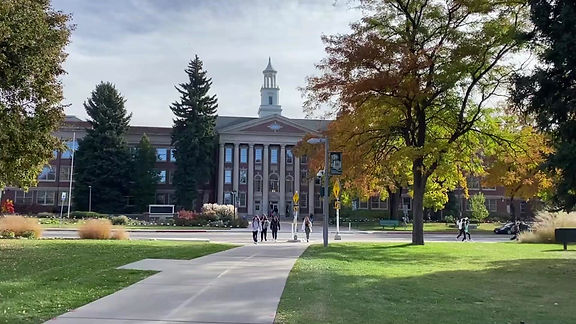
Colorado State University's Gregory Allicar Museum of Art
has an extensive collection of
artifacts that span centuries and continents. How did they get these pieces? What's the process behind the scenes? And why the heck doesn't anybody know about it?
Behind the Story:
As part of a last little venture before the start of fall semester, I took my mother and sister to visit Colorado State University’s Annual Flower Trial Gardens. While we beheld the numerous colors and petals, we noticed signs advertising free entry to a museum in the University Center of the Arts building. My sister and I, being the suckers for museums that we are, decided to divert our plans and venture inside.
Where my sister was shocked to find pieces from famous artists on display like Andy Warhol and Roy Lichtenstein, I was baffled by the historical side of seeing portraits of past kings and a bust of Aphrodite. My sister kept asking why I never told her about the museum. My reply? I didn’t even know!
So of course, I had to go back and profile the museum to learn just how CSU got a collection as impressive and unknown as this.
Compared to its nationwide counterparts, the Gregory Allicar Museum of Art (GAMA) is young and fairly small. But that doesn’t mean its collection is...

.png)
2009: 1,500 artifacts


























